Share
"At various times in history, including now, people have thought that there was a conflict between religion and science. At the time of Galileo, when religion was the stronger of the two, religious belief was used to reject science. Today, when science is stronger, it is sometimes used to reject religion. In fact, though, this whole idea is mistaken."
Watch Rabbi Sacks' new whiteboard animation on 'The Great Partnership', based on his book of the same title.
For those seeking captions and translations, the YouTube version of this video contains the built-in choice of subtitles in Chinese, English, French, German, Hebrew, Italian, Portuguese, Russian and Spanish.
At various times in history, including now, people have thought that there was a conflict between religion and science.
At the time of Galileo, when religion was the stronger of the two, religious belief was used to reject science. Today, when science is stronger, it sometimes used to reject religion.
In fact, though, this whole idea is mistaken. Religion and science are completely different things, and neither negates the other. They are as unlike as poetry and prose, or song and speech, or a portrait of a person and an MRI scan.
The human mind is capable of doing two quite different things. One is the ability to break things down into their constituent parts and see how they mesh and interact. This is often called “left brain” thinking, and the best example is science. The other, often called “right brain thinking,” is the ability to join events together so that they tell a story, or to join people together so that they form relationships. The best example of this is religion.
To put it at its simplest: science takes things apart to see how they work. Religion puts things together to see what they mean. And we need them both, the way we need the two hemispheres of the brain.
Science is about explanation, religion is about interpretation. Science analyses, religion integrates. Science breaks things down to their component parts; religion binds people together in relationships of trust. Science tells us what is, religion tells us what ought to be. Science describes; religion inspires, beckons, calls.
Science practices detachment; religion is the art of attachment, self to self, soul to soul. Science sees the underlying order of the physical world. Religion hears the music beneath the noise. Science is the conquest of ignorance. Religion is the redemption of solitude.
One way of seeing the difference is to think about their relationship with time. Science looks for causes of events, and a cause always comes before its effect. How did the window break? Because I threw a stone at it. First came the throwing of the stone, then came the breaking of the window. Science looks back from effect to cause.
However, human action is always looking forward. Why did I throw the stone? Because I wanted to wake someone who was asleep to warn them that the building next door is on fire. An action always seeks to bring about something in the future.
And that’s where religion comes in as our deepest guide to the future: the promised land, the messianic age, the vision of the prophets we travel toward when we work for a world in which people finally recognise the image of God in the people not like them, and so bring an end to violence and war. Or sometimes it’s about eternal life and the destiny of the soul after death. Either way, religion isn’t about causes but about purposes.
Why then do we need science? Because we need to understand the world, if we are to honour God's purposes within it. We need to understand disease if we are to cure it. We need to understand the causes of poverty if we are to alleviate it. We need to understand our destructive drives if we are to rise above them.
And why do we need religion? Because what gives human life its meaning and purpose. The universe is more than the result of an accidental fluctuation in the quantum field at the dawn of time. Human life is more than the unintended consequence of random genetic mutations blindly sifted by natural selection.
Just as there is something within us that is beyond the purely physical, so there is something within the universe – we call it the Divine presence – that is beyond the merely material. And just as God created the universe in love, justice and compassion, so He calls on us to create relationships of love, justice and compassion.
Or to put it another way: the difference between religion and science is the difference between the impersonal and the personal.
When you treat impersonal phenomena as if they were persons, the result is myth: light is from the sun god, rain from the sky god, natural disasters from battles between the gods, and so on. Science was born when people stopped telling stories about nature and instead observed it; in other words, when they relinquished myth.
And when you treat persons impersonally, as if they were objects, the result is dehumanisation: people categorised by colour, class or creed and treated differently as a result. The religion of the Bible was born when people stopped seeing people as useful or useless objects and began to see each individual as unique, sacrosanct, the image of God.
So we need both religion and science. Albert Einstein said it most famously: “Science without religion is lame. Religion without science is blind.”
We need both: science to understand the universe, and religion to guide our way within it, from the world as it is to the world as it ought to be: a world of peace, justice, compassion and love, when we, God’s creations, honour God, our Creator.
DOWNLOAD POSTERS
More Animations
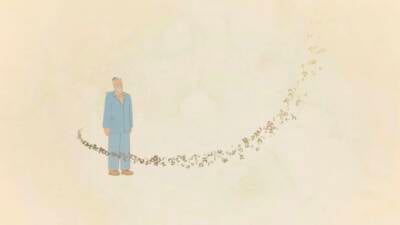
The Bridge Across Time (Animation)
Watch Rabbi Sacks’ message on Torah, and how it lives in every generation

The Everlasting Flame (Yom Ha'atzmaut animation)
Watch Rabbi Sacks’ message on the true courage of Israel

Faith After the Holocaust
Rabbi Sacks responds to the devastation of the Holocaust

Time (animated video)
Watch Rabbi Sacks’ view on the Jewish way to understand time.

Israel: Home of Hope (animated video)
Rabbi Sacks on the connection between Ezekiel’s Vision of the Valley of Dry Bones and the creation of the modern State of Israel.

Connecting to God (animated video)
With audio recorded by Rabbi Sacks in 2010, here is a new animated video of the three key ways we can each connect to God.

Being Jewish (animated video)
An animation on understanding our identity and our Jewish heritage.

Morality (animated video)
“We need to restore that sense of collective responsibility…”
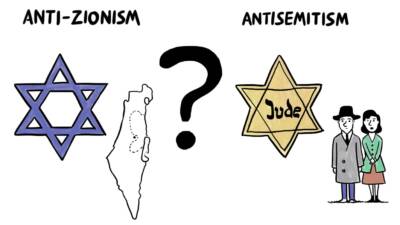
The Connection between Judaism and Israel
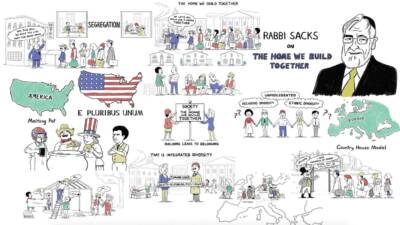
The Home We Build Together (animated video)
How can we create a healthy, sustainable society? Does building lead to belonging?
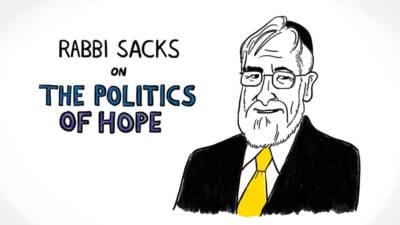
Rabbi Sacks on 'The Politics of Hope'
Can we create a new kind of politics?
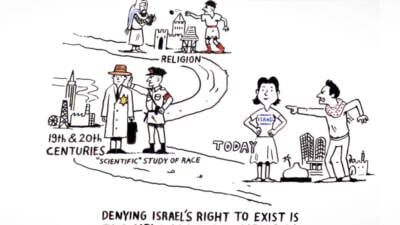
The Mutation of Antisemitism
What is antisemitism, and how has it changed over the centuries?

On the Boycott, Divestment and Sanctions (BDS) campaign
Why is it important to understand and oppose the BDS campaign?
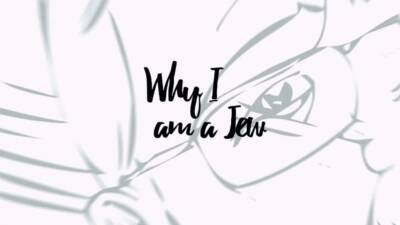
Why I am a Jew
An animated video on Jewish identity and finding your Jewish purpose




